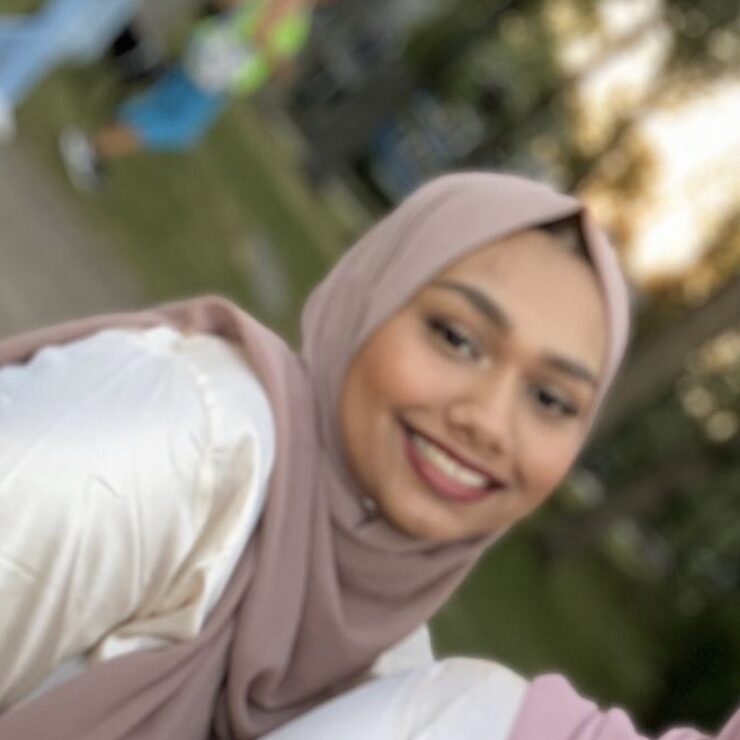Coming into this course, I can say I definitely did not enjoy writing. My past experiences with English classes were not particularly bad, but I did not really enjoy them. Most English classes that I took in the past revolved around reading boring books and analyzing those books. That was something I did not enjoy. This caused me to lack confidence in my writing. These classes always had a specific set prompt on what we were to write about. However, through this class I was given the chance to actually free write. While we did have prompts, we were given the freedom to choose what topic we wanted to discuss and what direction we wanted to take our paper in. We were not limited in our creativity and writing skills. I realized through this experience I had become a lot more confident in my writing. With the help of Professor Skelly, I was able to learn more about the importance of writing and how we can express ourselves through our writing.
Growing up, we’re always taught to draft our papers before we submit a final version. This was something that I always hated. I felt as it was a waste of time. Teachers always had a set expectation of what our draft should look like even though it was just a draft. So, when writing drafts, I still felt pressure to perfect my work and when it came time to do a final draft, I found myself struggling to improve my first draft. However, through one of the first readings we did in this class, “Shitty First Drafts” by Anne Lamott, I was able to learn the true essence of what a first draft truly is. Because of Professor Skelly and this reading, I no longer felt like I had to have a perfect first draft. I learned that every writer is more than likely to have a shitty first draft and that was completely okay. Having a shitty first draft is just a part of the entire writing process. Through this I began to value the importance of first drafts. Something else, I learned from Professor Skelly was the importance of the use of literary devices. This includes ethos, pathos, and logos as well as things such a rhetoric and being mindful of your audience and language. These are all devices that enhance your writing. All these things were things that would help me in my assignments in the class.
The first piece we had to do was an opinion editorial. I didn’t know much about how exactly op-eds were written or worked so I started off by doing some research about it. An op-ed is a piece of writing that allows you to express your views on a social, political, or cultural issue. I decided that I wanted to write about the misrepresentation of Muslims in the media. This was an issue that I felt very passionate about as it was something that affected me every day as a hijabi woman. We first started off writing a draft for our paper. This was one of the first times that I did not feel pressured that my first draft had to be perfect. Because of this it was a lot easier for me to write exactly what I was wanted to. On this draft we received feedback from both our peers and professor. This assured me that I was going in the right direction and gave me confidence to continue with my paper. Through this paper, I felt as I was given a voice and was able to express my frustration with how the media portrays my religion.
The next part of this piece was creating a visual aid to go along with our op-ed. I personally love watching videos of any kind and always wanted to create one of my own. And through this assignment I was given the chance to do. This was something that I really appreciated because I felt as if it was letting me explore my creative side. Though words are extremely powerful, images and videos can sometimes be just as powerful, or even more. I created a video that first gave examples of how Muslims are portrayed in the media. This included news reports as well as speeches made by former presidents. Then, I provided a verse from the holy book that explained how forbidden violence is in the religion. Finally, I showed the side of Islam that the media does not show. Through this assignment I was able to get in touch with my creative side and create a video that supported my op-ed even further.
The last assignment we were required to do was the conference paper. In this assignment we were to choose an article that addresses a social, political, or cultural issue and write a critical analysis paper. For this assignment, I chose to write about the issue of street harassment. The week before we were assigned this assignment, I had experienced a situation of street harassment and was really upset by it. I took this assignment as the perfect chance to again express my frustrations about the topic. This assignment also required us to find 2 scholarly sources and 2 popular media sources that support our stance. Through this assignment I was able to work on my analyzation skills of literature.
Writing was never one of my strong suits. I never felt motivated and confident with my writing. But this class has changed my perspective on writing. Writing is something powerful that can be used for many different things. Writing can give you a voice in the society and allow you to express your frustrations like it did for me. With this class I have learned so many things that I will carry on to use throughout the rest of my life.


